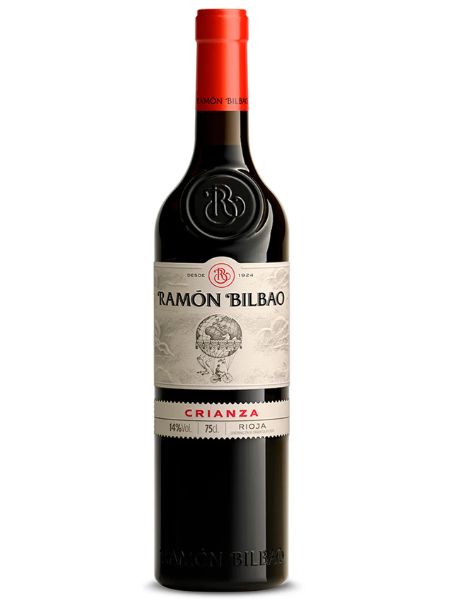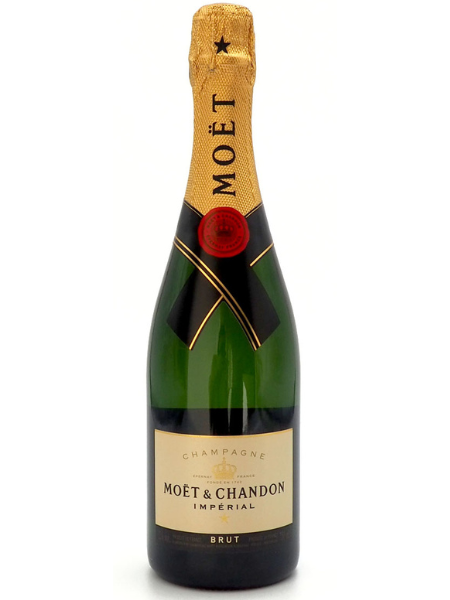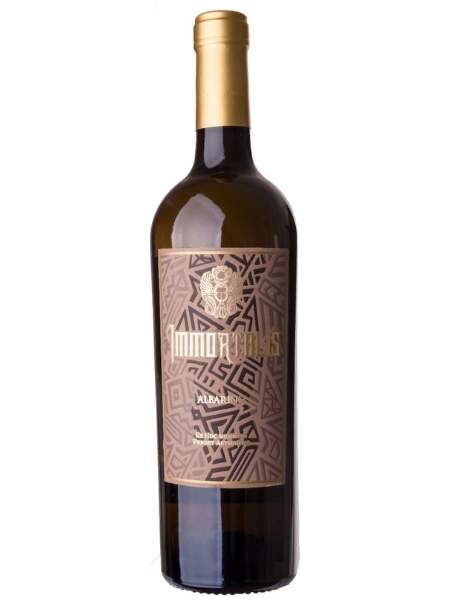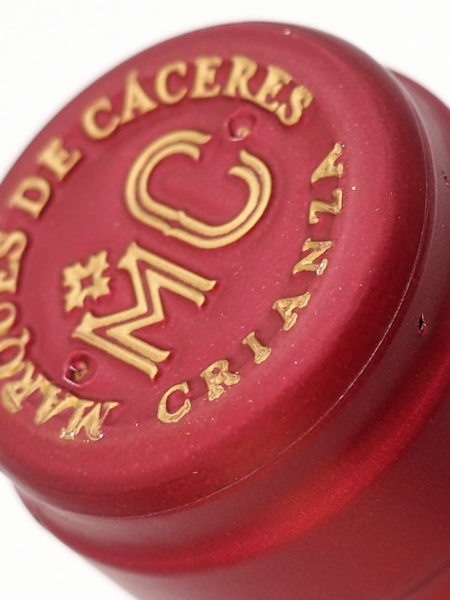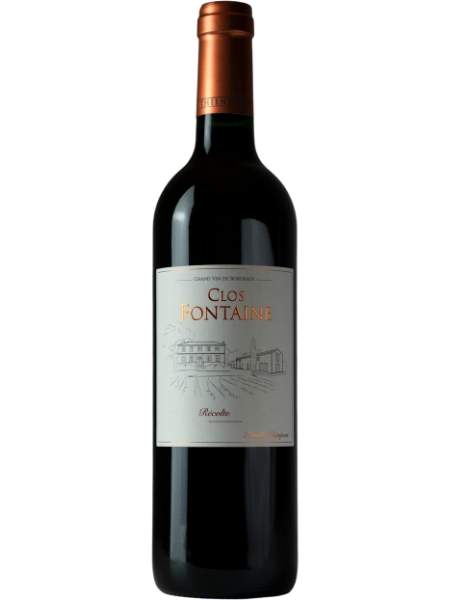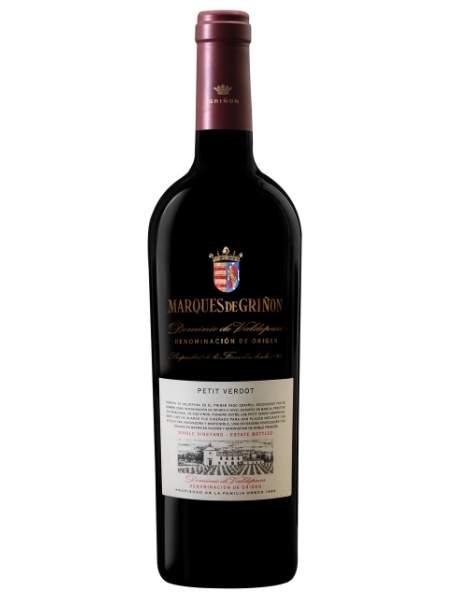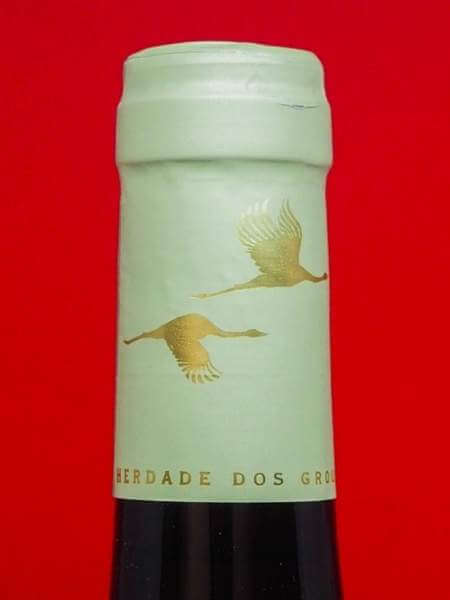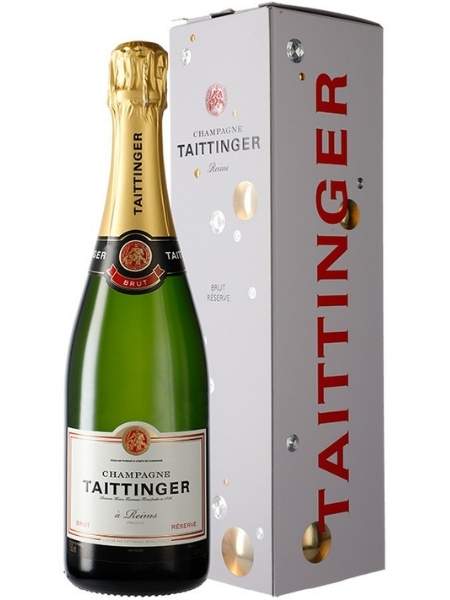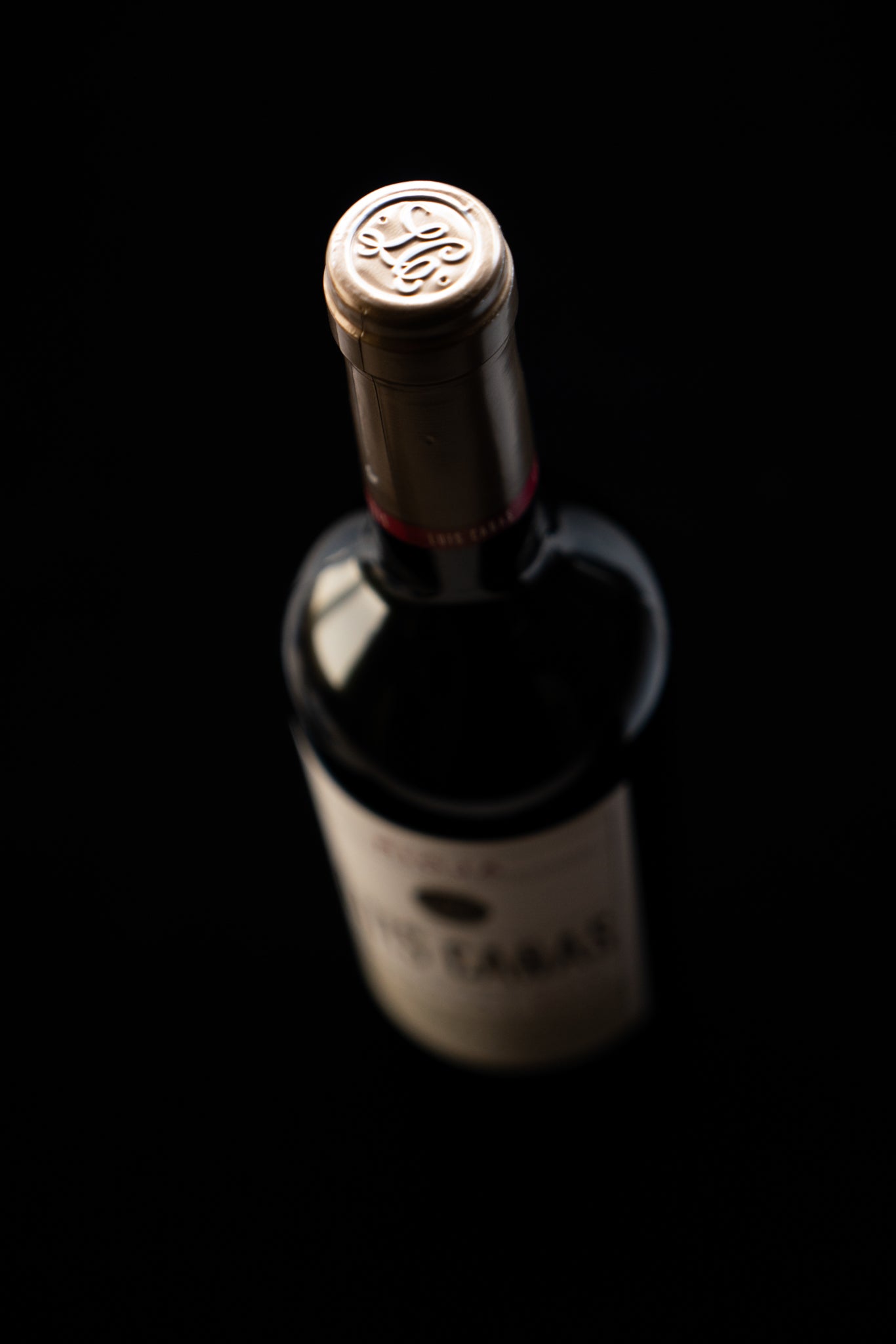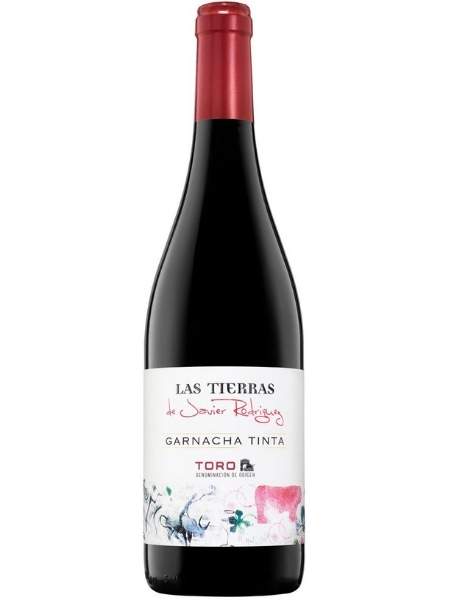
What happens to the vines during the winter

Climate & Soil
We will dedicate this article to the vine, which is the protagonist of all our wines. As we well know, quality wines that are the product of well-groomed vines that take a well-deserved vegetative rest during the winter.The scientific name of the vine is " vitis vinifera ", which comes from Latin, and viticulture is the science of cultivating vines, a cultivation carried out by the viticulturist with the greatest respect for the plant and the environment, to give us the best wines.
After the grapes are harvested, the vine begins another cycle, loses its leaves in autumn and prepares for winter, storing carbohydrates in all its resistant parts, ie in the trunk, roots and branches. The vine goes to rest, a rest that makes it very good.It is a rest that proves very useful if we consider the stress that the plant is subjected to throughout the year to bear fruit only once, so the energy reserves that it puts aside must feed later the growth of new shoots, until the arrival of new leaves.
When a vine is at rest, its vegetative cycle stops and the sap does not circulate through it. Although it may seem harmful, this is not at all the case, as it is a way to relax the plant. Another curious fact is that the vine is one of the most resistant plants to low winter temperatures, because it is able to withstand very low temperatures.In the case of Spain, where most of our wines come from, we are talking about a temperate climate throughout the year. But there are areas where the winter climate is cooler and where the snow covers the vines. It is interesting to note that when the snow covers the vine, it is sheltered, ie protected from the outside temperature, and the minimum temperature under the snow layer does not fall below minus two degrees, while outside it can reach up to minus 14 degrees at night.
Just as the soil influences the character of the wine, so does the climate. Always in areas where the climate was more austere in winter, more frost-resistant varieties were planted, which our ancestors, with less theoretical knowledge but more experience in the field, already applied. Areas such as La Ribera de Duero, La Rioja Alta, Priory in Catalonia or even the Rías Baixas in Galicia are subject to weather and frost. In addition, climate change in recent years has brought with it sudden changes in temperature, with fluctuations not occurring before.
Winter snow is good for the plant and because it manages to fight pests effectively . Especially the mites, which are tiny insects that take shelter from the bark of the vine. So snow will naturally act as a good disinfectant as well.Snow has another great power, namely to increase the water reserves of the soil , because, as it melts slowly, it penetrates into different layers of the soil and subsoil. Another fact to keep in mind is that snow also acts as a healing agent for the plant, helping to heal wounds suffered during harvesting and cutting.
So, when we talk about viticulture, we have to take into account the soil and its composition, water and nutrients, only then can we talk about a good water balance in that soil. Of course, snow helps, water is already a nutrient, certainly the most important, but there are others, such as nitrogen. But if the soil were very rich in nitrogen, it would cause an excessive growth of leaves, ie too many leaves on the plant, which would shade the fruit and slow down the ripening.
Treatment of the vine plant
Once we understand the behavior of the soil and the climate, we will apply personalized treatments . Each winery, depending on the location of the vineyard, the soil, the climate, the orientation of the plot, applies different vineyard treatments.The first of the winter treatments is pruning , which is usually done in December, some wineries remove the vine shoots to crush and restore the soil as compost, others usually leave them in the field to protect from moisture.
soil.Another treatment carried out in the winter months is the application of products for the treatment of pests and fungi , because in the winter months the plant has the highest tolerance to these products and also the plant is in vegetative rest during this period and is the best time to avoid bud damage.
It is clear that the work of the winegrower does not stop throughout the year, so when we open a bottle of wine, we must understand all the effort that is in each bottle, we must drink it with joy and enjoy it swallow by swallow, appreciating each of those nuances that have been made in every vine throughout the year.
Our recommendations
On our website you will find some wines from high altitude vineyards , which have certainly been or will be covered by that white blanket of snow in winter.
Viña Sastre from DO Ribera de Duero. Ribera de Duero, a single Tempranillo variety, from a winery whose philosophy is to produce wines of limited production, a wine from vineyards that are located in the unique place of La Horra, one of the coldest areas in Spain, however they are protected by a pine forest that surrounds them, which makes Viña Sastre Tempranillo a very strong wine on the nose and much more complex in the mouth, a good wine to enjoy the break after work, sitting at the shelter of the fire of a beautiful fireplace.
Finca Cascorrales from Bodega Hacienda Solano, in La Aguilera, the village that hosts some of the best and oldest vineyards in the Ribera de Duero, this wine comes from the plot located in Cascorrales with vineyards over a hundred years old, a wine of Distinguished property, whose fermentation takes place in open five hundred liter oak barrels. It is a clean, honest wine that expresses the full potential of the property, a wine with the perfect characteristics to be an aging wine, without a doubt one of our TOP.
Tarón 4M, from La Rioja Alavesa , another high quality wine with a slight aging in French oak barrels for four months and a subsequent aging in glass for another nine months, even so, it does not lose its youth and expresses it in its intense cherry red color with violet reflections.
Aromatic, well-structured and with sweet tannins, this wine is ideal to accompany any grilled meat or meat cooked with sauce.
Amphora de Cobija del Pobre , a spectacular wine from DO Bierzo, a monovarietal Mencía aged for nine months in terracotta amphorae, a wine from the Almazcara Majara winery, which comes from vineyards located between five hundred and six hundred meters above sea level , where low temperatures give it personality. Intense in color and with a high dress, it is an explosion of flavors and tastes. A round, sweet and slightly sour wine, from which only a thousand bottles are produced.As it says on the labels of the bottles from Bodega Almazcara Majara, written by one of its owners, we will say goodbye to this article with its beautiful message.
Gather, don't waste!
Make your own way, don't imitate!
Give, don't wait!
Enjoy, do not consume!
Hugs, don't walk away!
Kiss, don't argue!
Rejoice, do not lament!
Laugh and cry!
Javier Alvaréz









